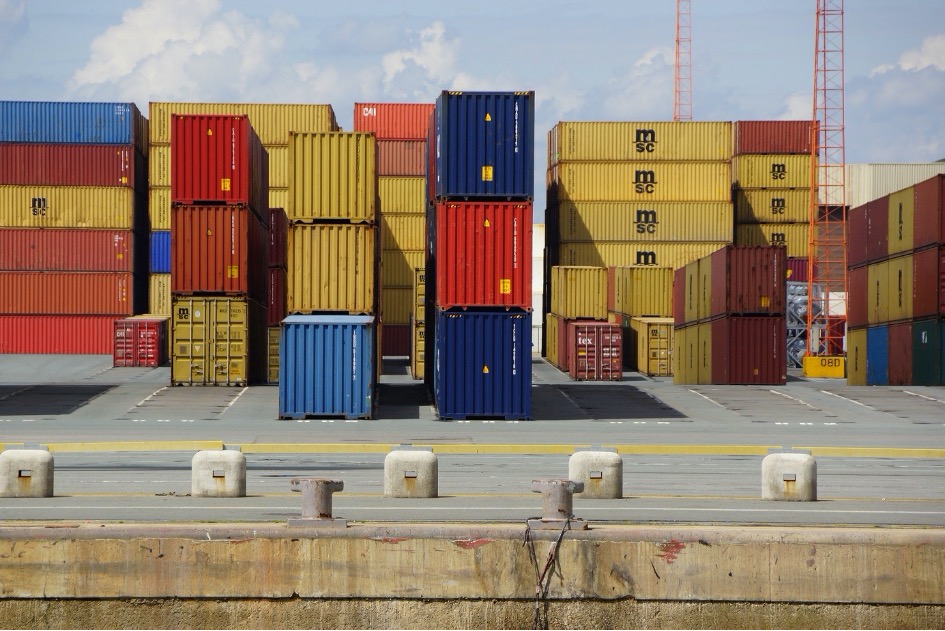How to Choose a Modeling Technique for Supply Chain Network Design

Many businesses turn to Excel spreadsheets when planning their supply chains. This traditional approach is often preferred for its ease of use, but it has limited capabilities when it comes to solving complex business challenges. When the limitations of Excel are reached, the most powerful methods to turn to for supply chain network design are analytical optimization and dynamic simulation.
Analytical optimization is a common technique for supply chain network design. It helps find the optimal distribution network design and determine product flows within the network. In addition, dynamic simulation is used to examine the logic governing business processes and interactions between system components.
How to Use Optimization for Supply Chain Network Design?
Analytical optimization tools that use mixed integer and linear programming solvers are ideal for solving large-scale and highly abstracted logistics problems. These problems often do not require detailed modeling but may involve a large amount of data. Analytical optimization can be used to solve such problems, including:
Supply chain network design
- Where should facilities be located?
- What should handling capacities be?
- How should product flows be arranged?
Periodic master planning
- Where should goods be produced and stocked?
- How much should be produced and ordered?
- How should seasonal demand peaks be met?
Transportation
- What fleet size and mix are required?
- How does service level change if vehicles are loaded with mixed loads?
- How do costs and profitability change as the number of customers changes?
Analytical optimization is one of the best techniques for dealing with such problems. It is fast, works well with large amounts of data, and provides answers to questions at the network level. This approach is valid when detailed operational management logic, randomness, and system dynamics are not required.
How to Use Dynamic Simulation for Supply Chain Network Design?
However, there are supply chain problems that cannot be solved through optimization alone, such as determining safety stock levels, risk assessment, and understanding how processes at one facility can affect the entire logistics network. You need dynamic simulation modeling to consider the real-time dynamics, randomness, and specific constraints and rules related to the field.
Simulation is often used as the next step in the planning process after optimization. The experiments you run with the simulation model provide valuable insights into how your supply chain performs under specific conditions. You use dynamic simulation to measure how a mathematically optimized supply chain network design performs under different scenarios.
In summary, optimization defines flows between facilities within a logistics network. Simulation uses the real operational logic that governs these flows.
Some challenges that can be addressed using dynamic simulation include:
- Determining safety stock levels in multi-tiered supply chains
- Understanding inventory dynamics and evaluating inventory policies
- Analyzing the performance of multi-channel supply chains over time in detail
- Identifying bottlenecks
- Testing the resilience and robustness of your supply chain
- Examining intra-facility processes to see how they affect the entire logistics system
- Balancing costs and service levels
- Testing “what-if” scenarios about new production facilities or transportation policies
The secret to successful companies is their ability to continually update their supply chains to quickly adapt to new conditions. At Dijitalis, we offer supply chain network design and network optimization services to help you overcome the challenges brought about by digitalization.
Our unique business model allows us to provide tailored solutions to our clients. The success and sustainability of the solutions we offer are due to our in-depth knowledge of supply chains, IT technologies, artificial intelligence, and advanced analytics. Thanks to our multidisciplinary structure, the innovative solutions we design achieve the highest quality and performance levels. You can review all our supply chain optimization solutions here.





